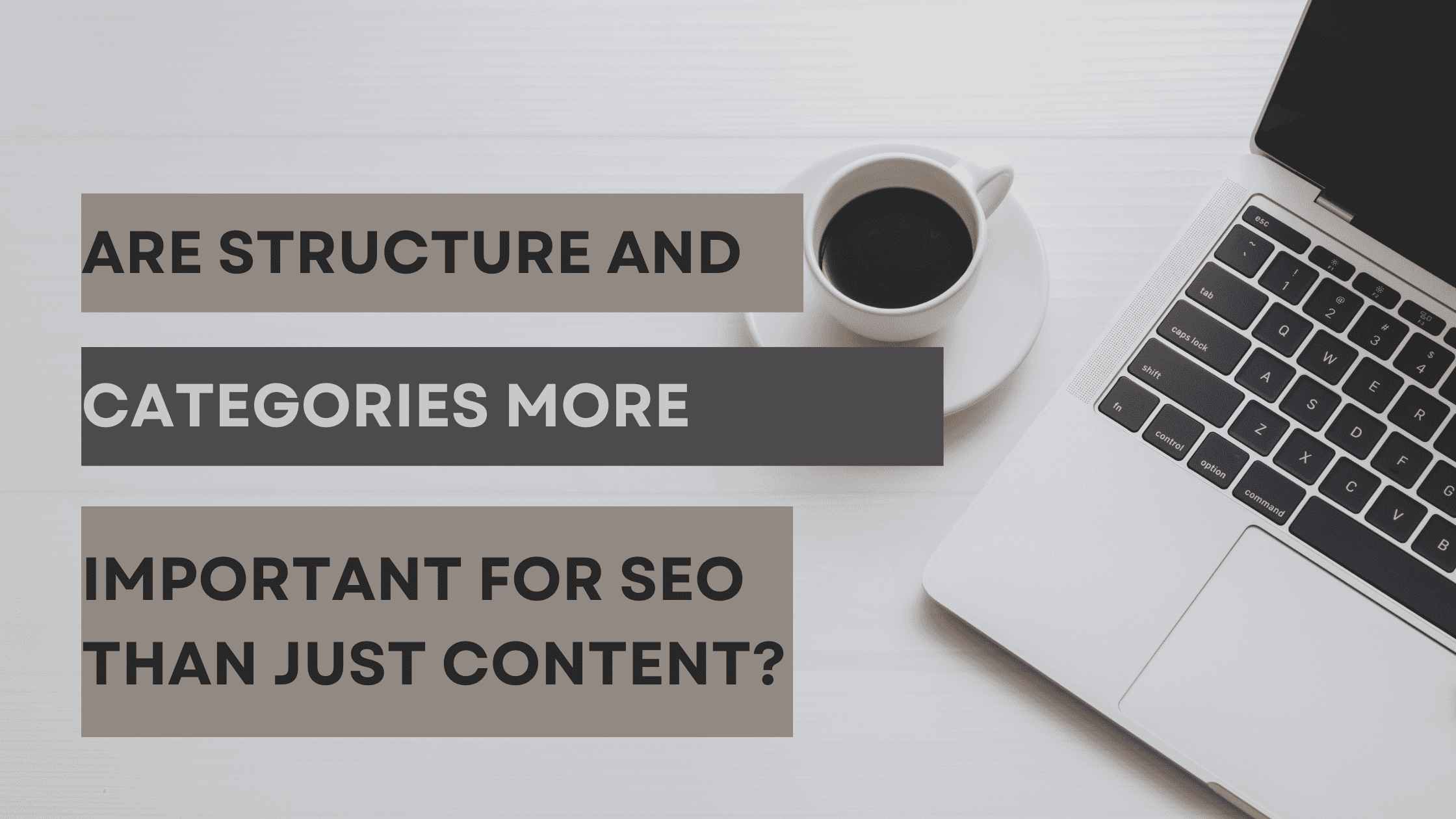Search Engine Optimization (SEO) is a dynamic field where numerous factors influence a website's performance in search engine rankings. While high-quality content is often considered the cornerstone of SEO, the structure and categories of a website also play a significant role in its success. In this article, we will explore the importance of structure and categories in SEO and discuss whether they outweigh the importance of content.
Navigational Clarity
A well-structured website with clear categories and navigation can significantly enhance the user experience. When users can easily find what they are looking for, they are more likely to spend time on your site, decreasing bounce rates. Search engines consider user engagement metrics as a ranking factor. Thus, a well-organized site layout and clear categories can indirectly boost your SEO by improving user engagement.
Crawlability and Indexability
Search engines uses web crawlers to index and rank websites. A logical structure with well-defined categories helps search engine bots understand the content and purpose of each page. Proper categorization and internal linking make it easier for search engines to crawl and index your pages, potentially improving your site's visibility in search results.
Targeted Keywords and SEO Strategy
Effective categorization can align with your SEO strategy. When you have well-defined categories, it becomes easier to target specific keywords and topics. This targeted approach can enhance your website's relevance for particular search queries and help you rank higher for those keywords. Additionally, using keywords in category names and URL structures can give search engines valuable clues about your content.
User Intent Matching
Categories play a vital role in understanding user intent. When your site's structure aligns with user expectations and intent, it enhances the user experience. For example, an e-commerce website with clear product categories makes it easy for shoppers to find what they want. Search engines are increasingly focused on delivering results that match user intent, and a well-structured website can help you achieve this.
Internal Linking and Page Authority
Internal linking, which involves linking between related pages on your site, is an essential aspect of SEO. Clear categories make it easier to implement a strong internal linking strategy. When pages are logically grouped within categories, you can create a web of internal links that pass authority and relevance between pages, boosting their individual and collective SEO value.
Avoiding Keyword Cannibalization
Proper categorization helps prevent keyword cannibalization, a situation where multiple pages on your website compete for the same keywords. This can dilute your SEO efforts and confuse search engines. Well-structured categories can help you organize your content in a way that avoids such conflicts, ensuring that each page serves a unique purpose.
Mobile Friendliness and User Experience
Mobile-friendliness is a critical factor in SEO. With the increasing use of smartphones for web browsing, having a responsive design and well-organized categories that adapt to different screen sizes can improve your search engine rankings. A mobile friendly site is more likely to rank on top in mobile search results.
Conclusion
In the world of SEO, there is no absolute winner between structure and categories versus content. Both are integral components of a successful strategy by an SEO company in Navi Mumbai. Structure and categories provide the framework within which content can shine. They enhance user experience, facilitate crawling and indexing, and align with user intent. However, without valuable and relevant content, a well-structured site may not achieve its full potential in search engine rankings. The best approach is to strike a balance by giving equal importance to structure, categories, and content, thereby maximizing your website's SEO potential. Remember that SEO is an ongoing process, and continuously optimizing all these elements will lead to the best results.





